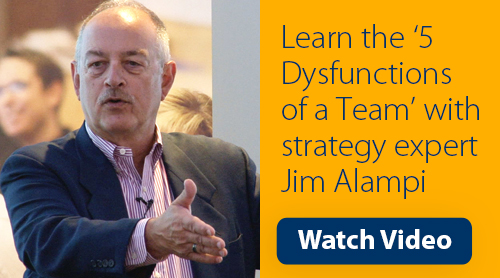
Are you in a position where you have identified high potentials within your organisation but the reality is, there’s really nowhere for them to go? If you don’t review what your strategy is for identifying and nurturing high performers many will leave before they get an opportunity to join your leadership or senior executive team, and the reasons will be humdrum.
If you able to retain your high potential employees you know that this will strengthen the organisation at its core, and what’s more you will start building a robust leadership pipeline. If not, your talent pool becomes stagnant and you end up with, as Jim Collins puts it; “the wrong people on the bus”. If you have an office full of C players how can your organisation be performing at your true potential? It’s just not possible.
So, back to our A team. Our high performers.
High performers are intelligent and driven human beings, but they are needy. They require consistent external validation as well as the opportunity for new challenges in order to feel that they are developing within your organisation.
So how do we keep them on board and ensure that they feel valued (without breaking the bank)?
UPWARDS IS NOT ALWAYS ONWARDS
A great leadership succession plan does not just focus on how your high potentials can rise up the organisational ladder through a new job, with higher pay and perks; instead it focuses on two things:
- Expert Potential
Here is an opportunity for your employee to challenge and develop their skills through more complex tasks. It is your job as an employer to identify what they are passionate about, what skills that they want to develop and encourage them to develop these whilst they are in your organisation. This may be through accreditation and courses or training etc, these skills will then pay dividends in terms of growing the skillset within your organisation. - Growth Potential
Within the organisation status is not just about “title” it is about responsibility. You must ensure that you give opportunities to high potentials by giving them a larger size project or an area of responsibility to oversee. People will value more flexibility within their roles and A team players will jump at the chance to own larger, more prestigious projects. It will give them the chance to work across different departments and will develop their leadership skills.
But, remember it should NOT be more work with no increase in pay, since a leader’s job is to obtain resources for their people, not just ask for more of them. Don’t use this as an excuse to stretch the capabilities of your staff while reducing the resources that are available. Challenge is positive, but don’t set them up for a fall because you don’t want to pay for another member of staff.
ENGAGING YOUR HIGH POTENTIALS
If you focus on both developing skills and increasing opportunities for your high performers, this should provide higher job satisfaction. However, it is important that you understand what their real career desires are in order to be successful. In order to make sure that you are meeting these desires you must show them that:
- You know what their aspirations are
- You trust and understand their capabilities
- This is part of a bigger plan and are not short term (destined for bigger things)
If you do this well you will prove to your employees that you are genuinely engaged with them, will build your leadership credibility and will show that you see that their future development is compatible with the future of your organisation.
This will encourage buy-in of your leadership strategy and will increase the strength of your pipeline as you have a series of A players moving with you rather than feeling underappreciated and ignored.
Remember- if you are not paying sufficient attention to them, your competition will!
What can I do next?
Identify your key players and begin to have the conversation. You must consider if you could start to build an informal or formal leadership development programme within your organisation. As an SME you may not have the resources to be all ‘bells and whistles’ but engaging your A players in your long term plans is a good place to start.
Find out more about A players and how to build high performance teams with this video:


